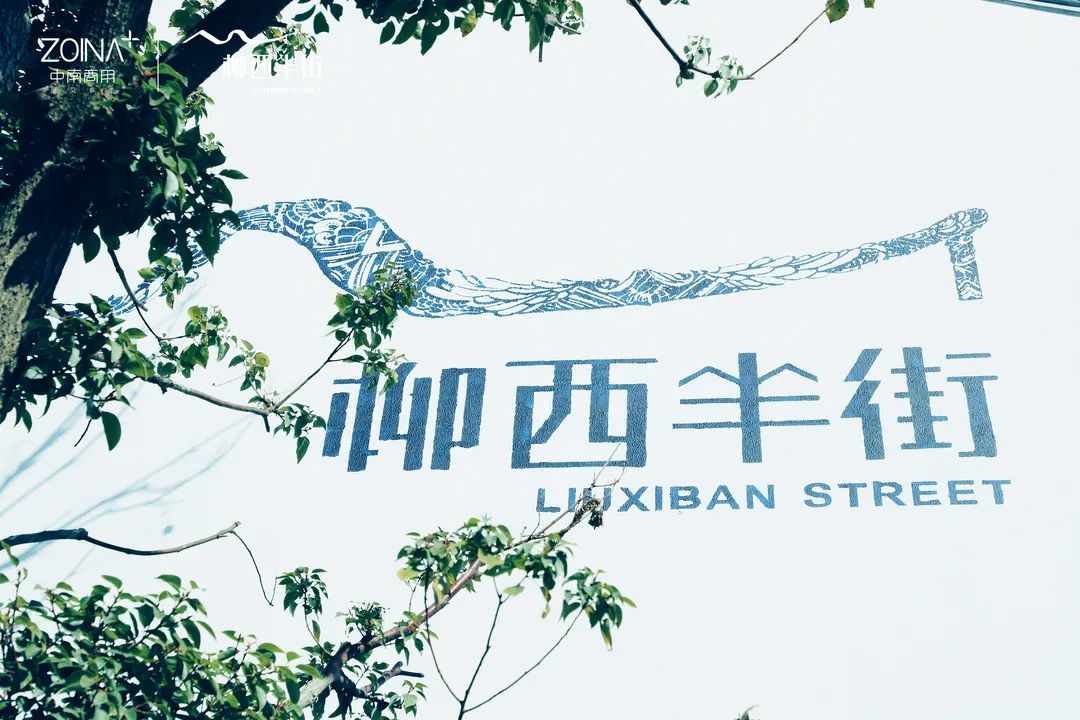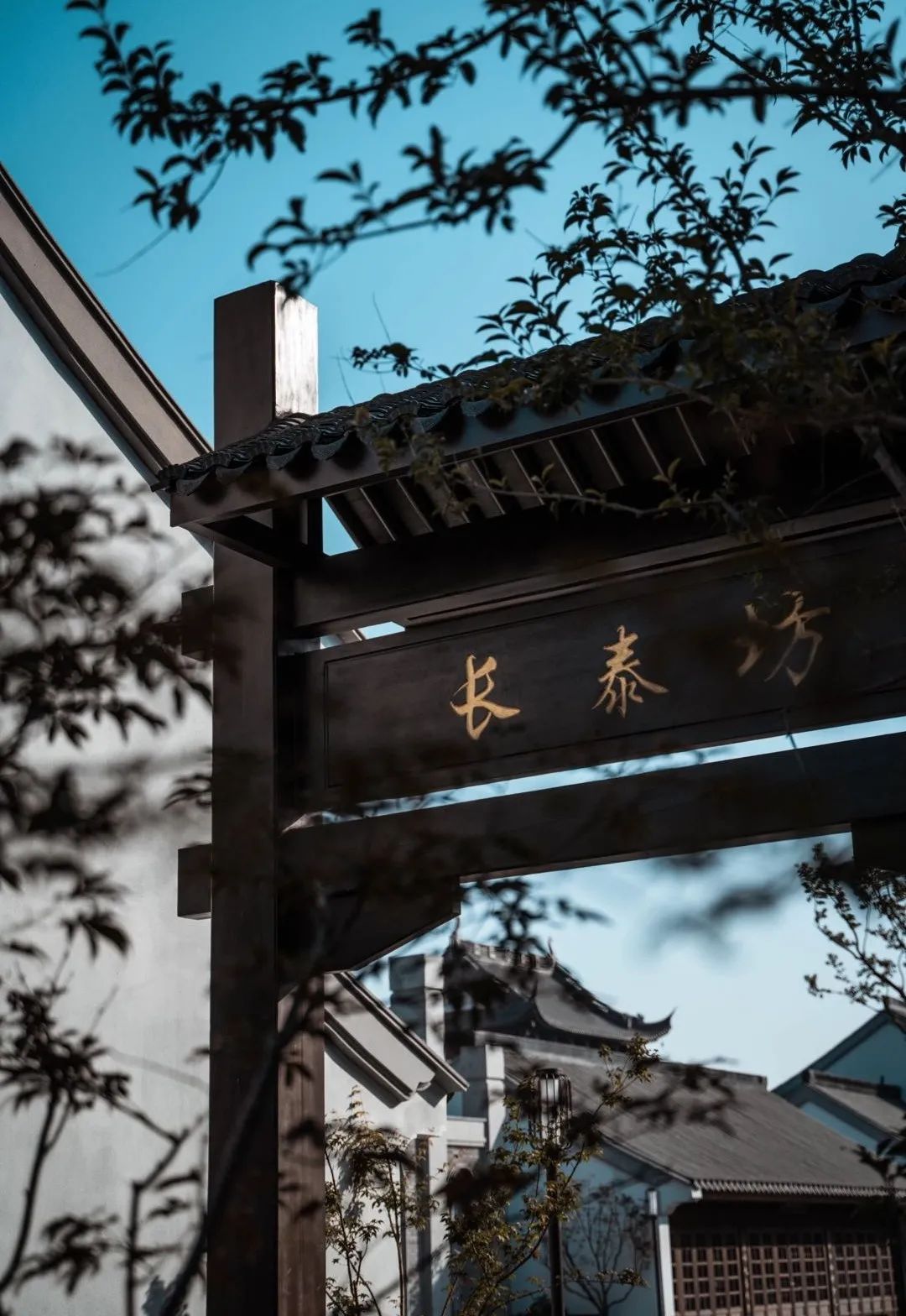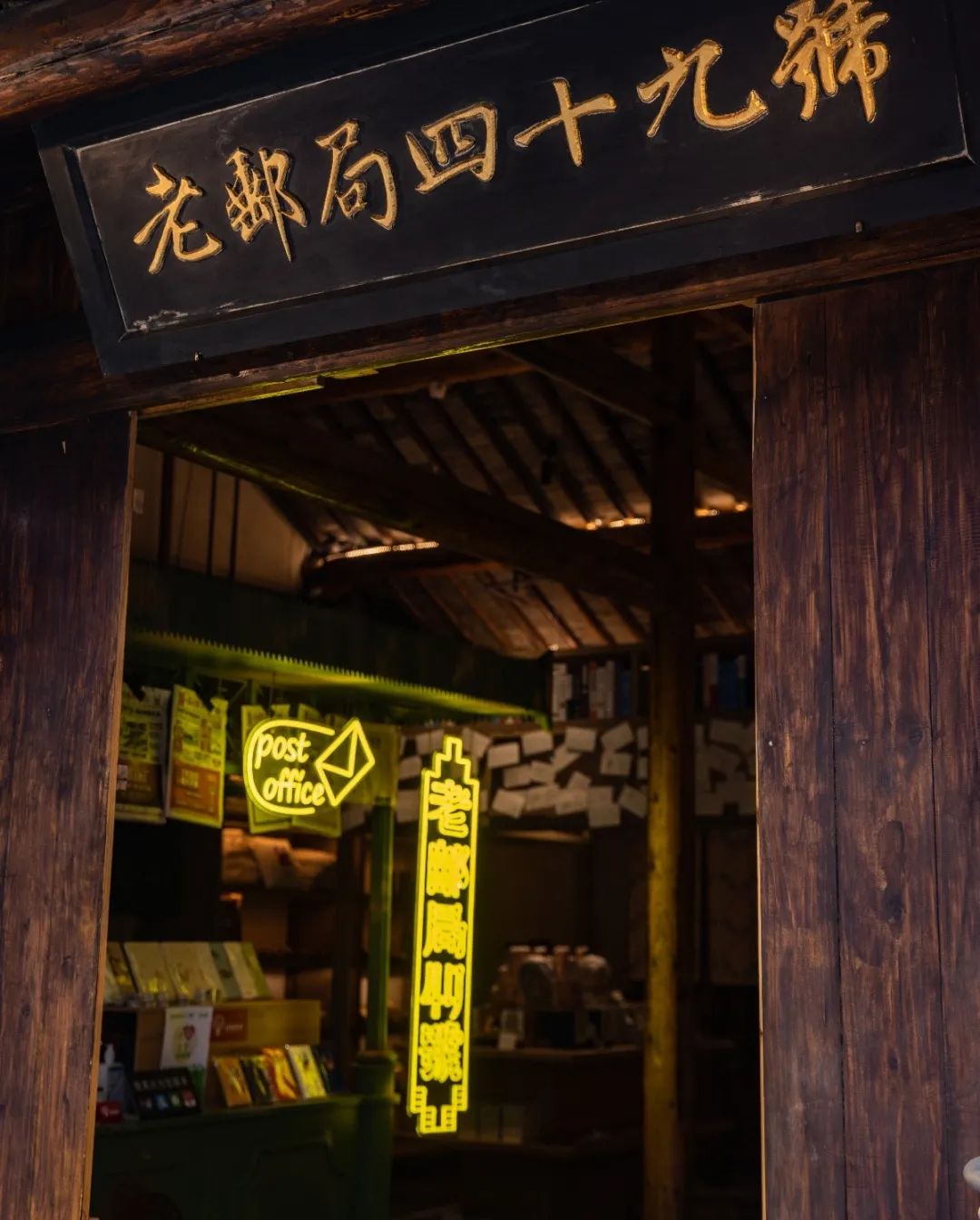Zhang Jian’s hometown is near his former residence in Changle, Haimen District, which is the old location of Changle Old Streets. At that time, Zhang Jian held the view of “village-ism”, for which he bought land in his hometown to attract businesspeople. Then he built houses, opened markets, and constructed the Changle Old Street also known as the “Zhang’s Streets.”
As time passed by, the original old streets are no longer suitable for the modern life today. To preserve the historical architecture and style, the ancient streets are the core when rebuilding the hometown of Zhang Jian. Besides, the streets that once resided Zhang have also bloomed with a new appearance. The first phase of “Liuxiban Street” officially opened to the public at the end of 2021, which have become an attractive place for nearby residents and tourists from all over the world.
 Liuxiban Street mainly includes “four streets”, namely, “Changtai Street” with the characteristics of the late Qing Dynasty, “Jiangong Street” with the theme of the Republic of China, “Seweng Street” with the feature of artistic performance, and “Jizhi Street” that highlights the oriental aesthetics.
Liuxiban Street mainly includes “four streets”, namely, “Changtai Street” with the characteristics of the late Qing Dynasty, “Jiangong Street” with the theme of the Republic of China, “Seweng Street” with the feature of artistic performance, and “Jizhi Street” that highlights the oriental aesthetics.

 Taking a stroll along the flagstone street and getting closer to the the white walls and blue tiles, the bustling scenes of the old streets in Zhang Jian’s era will come into our eyes, vividly like a movie. In Liuxiban Street, you can try some traditional gourmet restaurants of Haimen and Changle, such as Haimen mutton, Shihui Pastry, and Zhuangyuan Dim Sum Store, where you can taste the local, specialized cuisine. Meanwhile, you can also visit No. 49 Changle Old Post Office and Changle Sparkling Bar, which have been furnished and reopened. Come to visit this great place to relive your childhood memories.
Taking a stroll along the flagstone street and getting closer to the the white walls and blue tiles, the bustling scenes of the old streets in Zhang Jian’s era will come into our eyes, vividly like a movie. In Liuxiban Street, you can try some traditional gourmet restaurants of Haimen and Changle, such as Haimen mutton, Shihui Pastry, and Zhuangyuan Dim Sum Store, where you can taste the local, specialized cuisine. Meanwhile, you can also visit No. 49 Changle Old Post Office and Changle Sparkling Bar, which have been furnished and reopened. Come to visit this great place to relive your childhood memories.
 Through the snack bars and small shops with a strong sense of daily life, you can appreciate the buildings with the style of Zhang Jian’s era. Here, you can appreciate the intangible cultural heritages including Haimen folk songs, Mei’an ancient string instruments, Shen embroidery, and Banya kites. Also, you will be overwhelmed by the techniques of traditional crafts, such as textile, bamboo weaving, and paper-cutting, etc.
Through the snack bars and small shops with a strong sense of daily life, you can appreciate the buildings with the style of Zhang Jian’s era. Here, you can appreciate the intangible cultural heritages including Haimen folk songs, Mei’an ancient string instruments, Shen embroidery, and Banya kites. Also, you will be overwhelmed by the techniques of traditional crafts, such as textile, bamboo weaving, and paper-cutting, etc.
